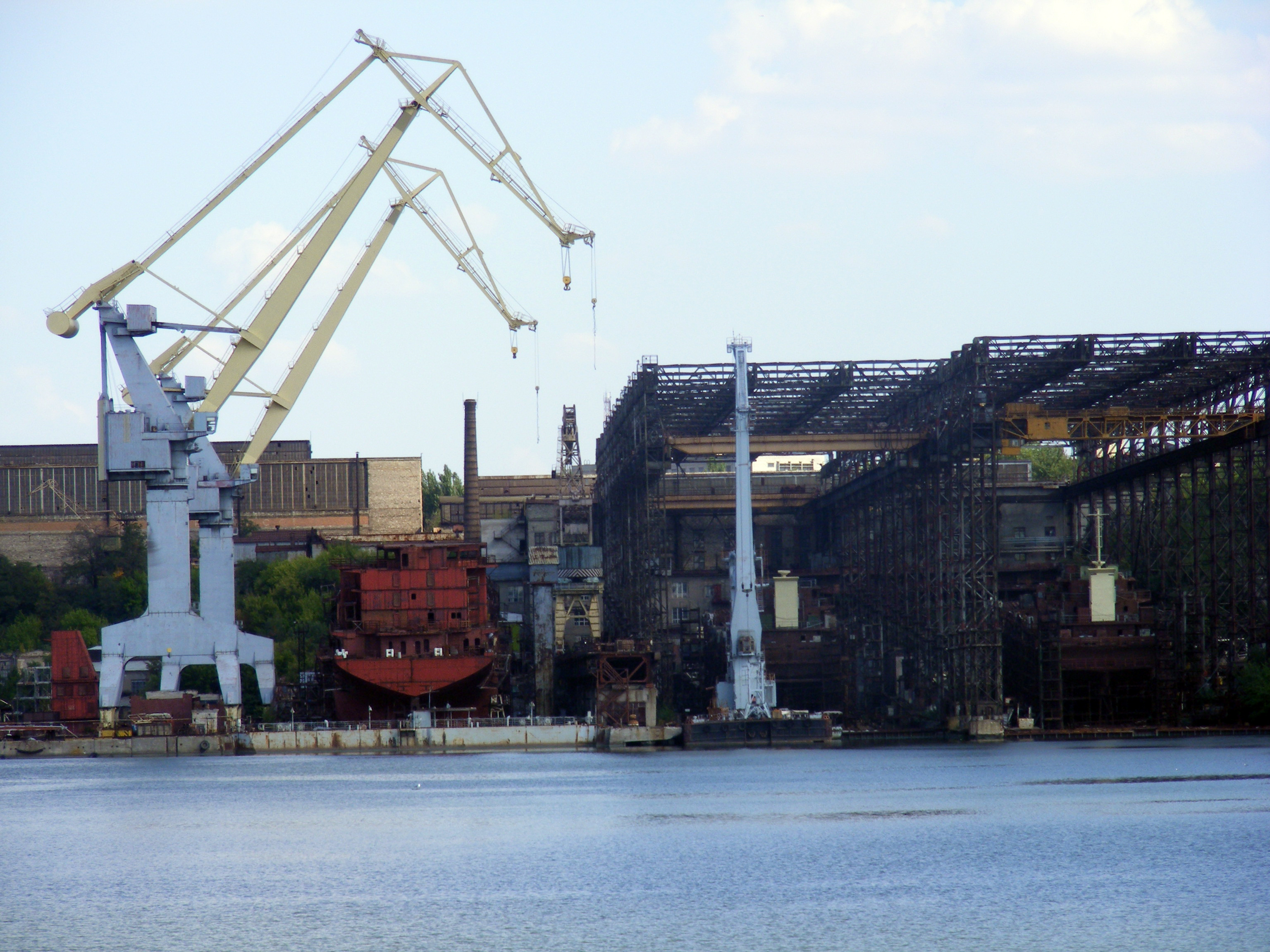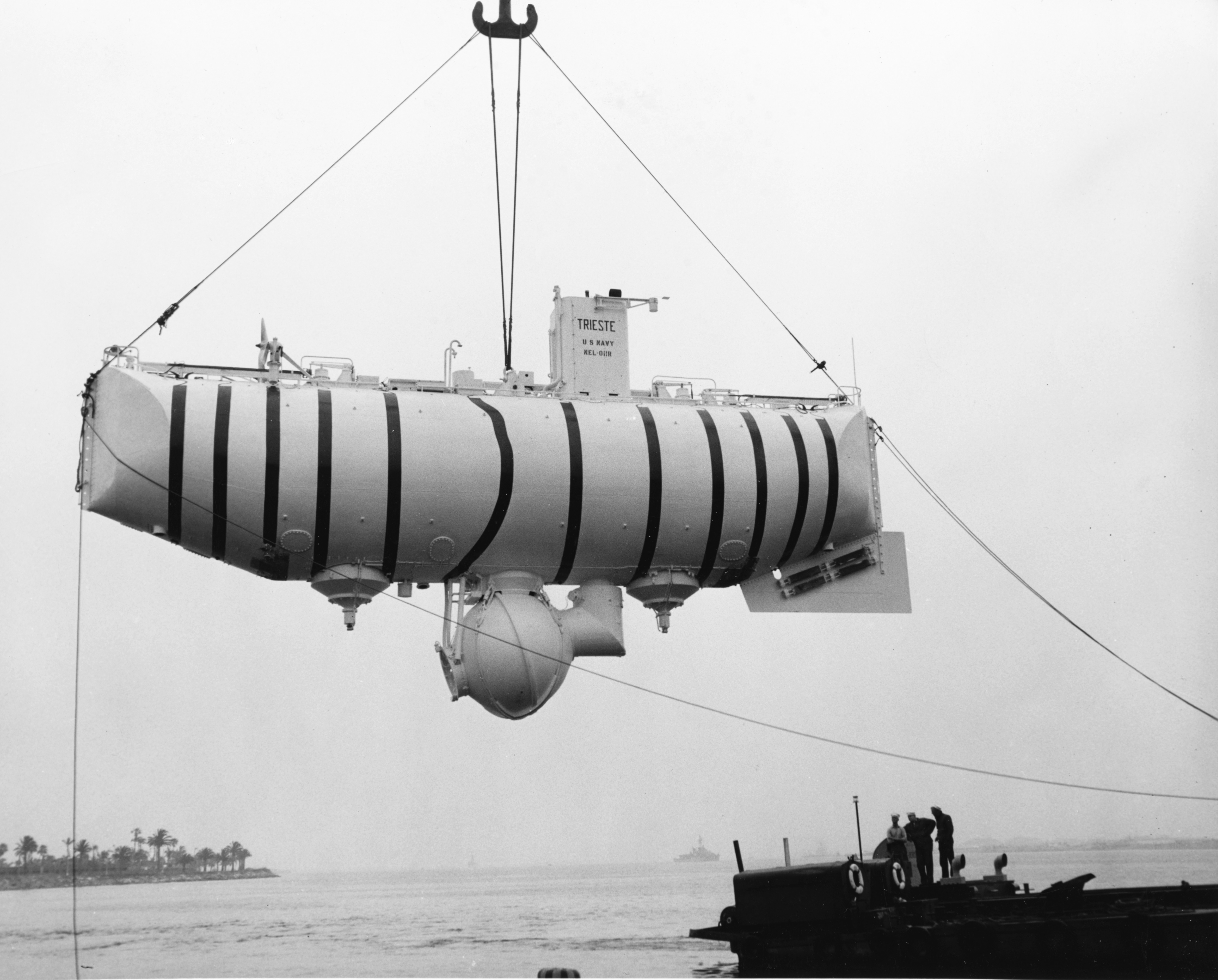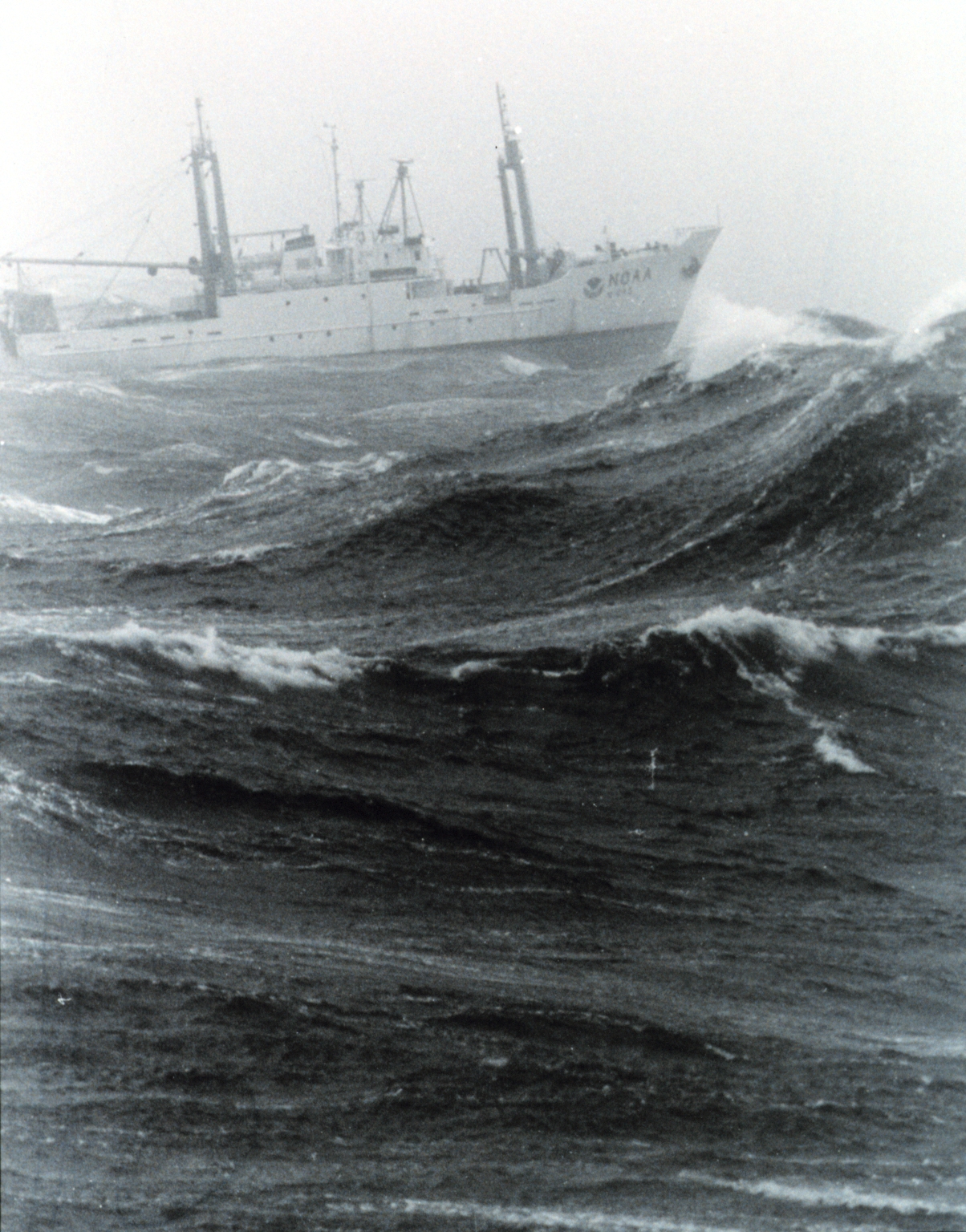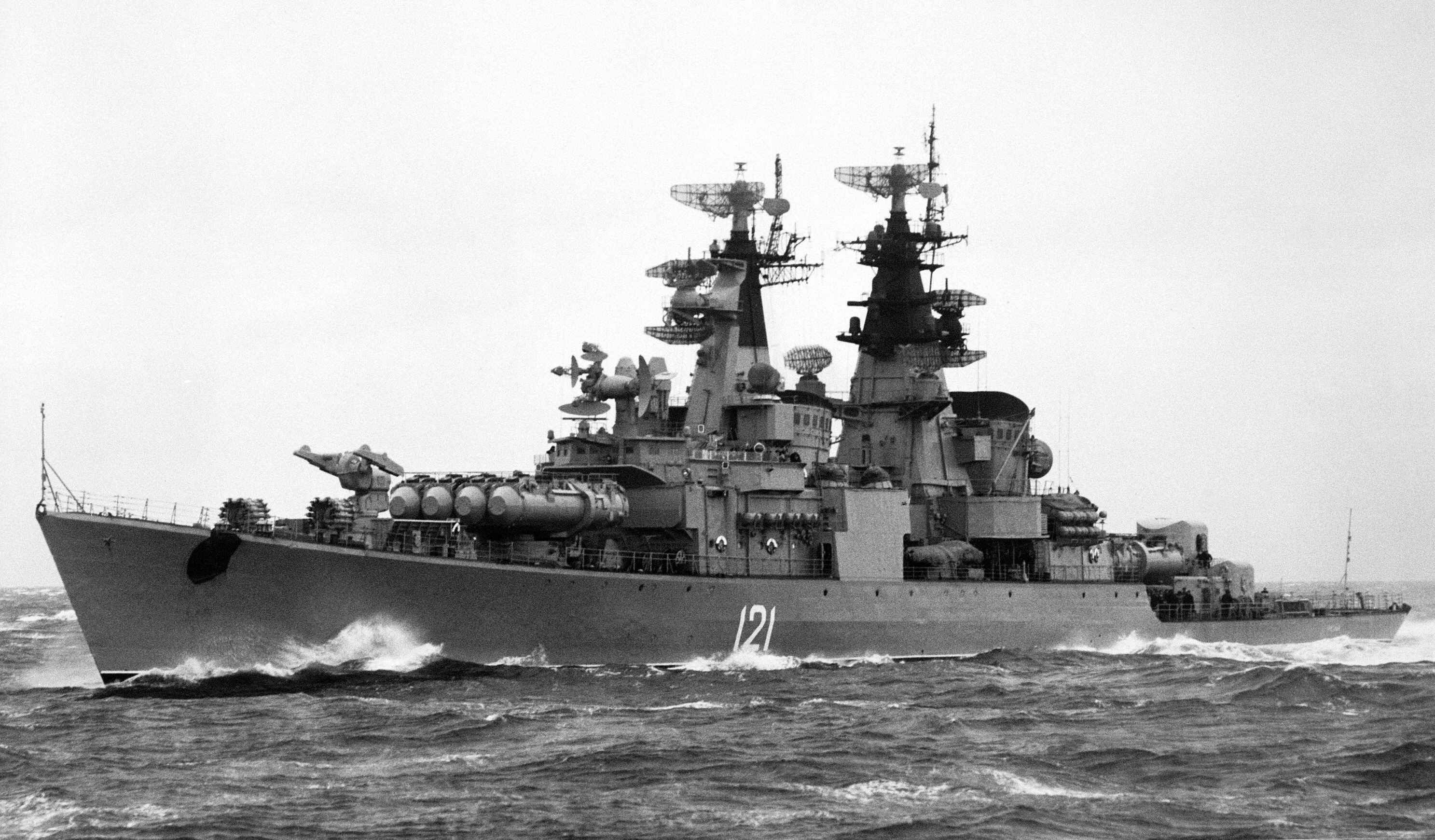|
Soviet Submarine S-80
''S-80'' was a diesel-electric submarine of the Soviet Navy. Its keel was laid down on 13 March 1950 at Krasnoye Sormovo as a Project 613 unit (NATO : ). It was launched on 21 October, and delivered to Baku on the Caspian Sea on 1 November for tests, then transferred north via inland waterways in December. It was commissioned into the Northern Fleet on 2 December 1952, and operated there until mid-1957. Beginning in July 1957, ''S-80'' was overhauled at Severodvinsk and converted to Project 644 (" Whiskey Twin-Cylinder") guided missile submarine, by having launch tubes for two SS-N-3 Shaddock anti-ship missiles fitted externally. It returned to sea in April 1959. Sinking During the night of 26 January 1961, ''S-80'' was operating in the Barents Sea at snorkel depth on its diesel engines. The ocean was at sea state 6 and air temperature was . At 01:27 on 27 January, the boat dropped below snorkel depth, which should have caused the automatic snorkel valve to shut, preven ... [...More Info...] [...Related Items...] OR: [Wikipedia] [Google] [Baidu] |
Krasnoye Sormovo Factory No
Krasnoye may refer to: * Krasnoye, Krasnensky District, Belgorod Oblast, rural locality and the administrative center of Krasnensky District of Belgorod Oblast, Russia * Krasnoye, Krasninsky District, Smolensk Oblast, rural locality in the Krasninsky District of Smolensk Oblast, Russia * Krasnoye, Trubchevsky District, Bryansk Oblast, rural locality in Trubchevsky District, Bryansk Oblast, Russia * Krasnoye-na-Volge, urban locality in Krasnoselsky District of Kostroma Oblast, Russia * Krasnoye (crater), a crater on Mars * Krasnoye Sormovo Factory No. 112, one of the oldest shipbuilding factories in Russia, located in the Sormovsky City District of Nizhny Novgorod See also * Krasny (other) * Krasnoye Selo (inhabited locality) * Lake Krasnoye (other) {{Disambiguation ... [...More Info...] [...Related Items...] OR: [Wikipedia] [Google] [Baidu] |
Baku
Baku (, ; az, Bakı ) is the capital and largest city of Azerbaijan, as well as the largest city on the Caspian Sea and of the Caucasus region. Baku is located below sea level, which makes it the lowest lying national capital in the world and also the largest city in the world located below sea level. Baku lies on the southern shore of the Absheron Peninsula, alongside the Bay of Baku. Baku's urban population was estimated at two million people as of 2009. Baku is the primate city of Azerbaijan—it is the sole metropolis in the country, and about 25% of all inhabitants of the country live in Baku's metropolitan area. Baku is divided into twelve administrative raions and 48 townships. Among these are the townships on the islands of the Baku Archipelago, and the town of Oil Rocks built on stilts in the Caspian Sea, away from Baku. The Inner City of Baku, along with the Shirvanshah's Palace and Maiden Tower, were inscribed as a UNESCO World Heritage Site in 2000. The c ... [...More Info...] [...Related Items...] OR: [Wikipedia] [Google] [Baidu] |
Shipyard Named After 61 Communards
Mykolayiv Shipyard ( uk, Миколаївський суднобудівний завод) is a major shipyard owned by state and located in Mykolaiv, Ukraine. In modern times, the shipyard has been most commonly referred to as Mykolayiv North Shipyard.Polmar, p. 407 Until 2017, it was known as the Shipyard named after 61 Communards. History In 1788, there was found as part of the Imperial Russian admiralties Nikolaev Admiralty on the banks of the Ingul river approximately inland from the Black Sea .Shipyard's office public website , Accessed 6/9/2008 The following year the first 44-gun , ''St. Nicholas'', was [...More Info...] [...Related Items...] OR: [Wikipedia] [Google] [Baidu] |
Bathyscape
A bathyscaphe ( or ) is a free-diving self-propelled deep-sea submersible, consisting of a crew cabin similar to a bathysphere, but suspended below a float rather than from a surface cable, as in the classic bathysphere design. The float is filled with gasoline because it is readily available, buoyant, and, for all practical purposes, incompressible. The incompressibility of the gasoline means the tanks can be very lightly constructed, since the pressure inside and outside the tanks equalises, eliminating any differential. By contrast, the crew cabin must withstand a huge pressure differential and is massively built. Buoyancy at the surface can be trimmed easily by replacing gasoline with water, which is denser. Auguste Piccard, inventor of the first bathyscaphe, composed the name ''bathyscaphe'' using the Ancient Greek words βαθύς ''bathys'' ("deep") and σκάφος ''skaphos'' ("vessel"/"ship"). Mode of operation To descend, a bathyscaphe floods air tanks with s ... [...More Info...] [...Related Items...] OR: [Wikipedia] [Google] [Baidu] |
Karpaty At Quay Vostochnaya Ust-Rogatka Srednyaya Gavan Kronstadt 24 September 2010
{{disambig, geo ...
Karpaty may refer to: * the Carpathian Mountains * FK Karpaty Limbach * FC Karpaty (other) * SKA Karpaty Lviv * Settled places: ** , Ukraine ** , Ukraine ** , Russia ** Karpaty, Kuyavian-Pomeranian Voivodeship, Poland See also * * Karpati (other) * Karpathos Karpathos ( el, Κάρπαθος, ), also Carpathos, is the second largest of the Greek Dodecanese islands, in the southeastern Aegean Sea. Together with the neighboring smaller Saria Island it forms the municipality of Karpathos, which is part o ... [...More Info...] [...Related Items...] OR: [Wikipedia] [Google] [Baidu] |
Rebreather
A rebreather is a breathing apparatus that absorbs the carbon dioxide of a user's breathing, exhaled breath to permit the rebreathing (recycling) of the substantially unused oxygen content, and unused inert content when present, of each breath. Oxygen is added to replenish the amount metabolised by the user. This differs from open-circuit breathing apparatus, where the exhaled gas is discharged directly into the environment. The purpose is to extend the breathing endurance of a limited gas supply, and, for covert military use by frogmen or observation of underwater life, eliminating the bubbles produced by an open circuit system and in turn not scaring wildlife being filmed. A rebreather is generally understood to be a portable unit carried by the user. The same technology on a vehicle or non-mobile installation is more likely to be referred to as a life-support system. Rebreather technology may be used where breathing gas supply is limited, such as underwater or in space, where ... [...More Info...] [...Related Items...] OR: [Wikipedia] [Google] [Baidu] |
Sea State
In oceanography, sea state is the general condition of the free surface on a large body of water—with respect to wind waves and swell—at a certain location and moment. A sea state is characterized by statistics, including the wave height, period, and spectrum. The sea state varies with time, as the wind and swell conditions change. The sea state can be assessed either by an experienced observer (like a trained mariner) or by using instruments like weather buoys, wave radar or remote sensing satellites. In the case of buoy measurements, the statistics are determined for a time interval in which the sea state can be considered to be constant. This duration has to be much longer than the individual wave period, but shorter than the period in which the wind and swell conditions can be expected to vary significantly. Typically, records of one hundred to one thousand wave periods are used to determine the wave statistics. The large number of variables involved in creating and ... [...More Info...] [...Related Items...] OR: [Wikipedia] [Google] [Baidu] |
Submarine Snorkel
A submarine snorkel is a device which allows a submarine to operate submerged while still taking in air from above the surface. British Royal Navy personnel often refer to it as the snort. A concept devised by Dutch engineers, it was widely used on German U-boats during the last year of World War II and known to them as a ''Schnorchel''. History Until the advent of nuclear power, submarines were designed to operate on the surface most of the time and submerge only for evasion or for daylight attacks. Until the widespread use of radar after 1940, at night a submarine was safer on the surface than submerged, because sonar could detect boats underwater but was almost useless against a surface vessel. However, with continued radar improvement as the war progressed, submarines (notably, the German U-boats in the Battle of the Atlantic) were forced to spend more time underwater, running on electric motors that gave speeds of only a few knots and very limited range. An early sub ... [...More Info...] [...Related Items...] OR: [Wikipedia] [Google] [Baidu] |
Barents Sea
The Barents Sea ( , also ; no, Barentshavet, ; russian: Баренцево море, Barentsevo More) is a marginal sea of the Arctic Ocean, located off the northern coasts of Norway and Russia and divided between Norwegian and Russian territorial waters.World Wildlife Fund, 2008. It was known among Russians in the Middle Ages as the Murman Sea ("Norse Sea"); the current name of the sea is after the historical Dutch navigator Willem Barentsz. The Barents Sea is a rather shallow shelf sea, with an average depth of , and it is an important site for both fishing and hydrocarbon exploration.O. G. Austvik, 2006. It is bordered by the Kola Peninsula to the south, the shelf edge towards the Norwegian Sea to the west, and the archipelagos of Svalbard to the northwest, Franz Josef Land to the northeast and Novaya Zemlya to the east. The islands of Novaya Zemlya, an extension of the northern end of the Ural Mountains, separate the Barents Sea from the Kara Sea. Although part o ... [...More Info...] [...Related Items...] OR: [Wikipedia] [Google] [Baidu] |
Anti-ship Missile
An anti-ship missile (AShM) is a guided missile that is designed for use against ships and large boats. Most anti-ship missiles are of the sea skimming variety, and many use a combination of inertial guidance and active radar homing. A good number of other anti-ship missiles use infrared homing to follow the heat that is emitted by a ship; it is also possible for anti-ship missiles to be guided by radio command all the way. The first anti-ship missiles, which were developed and built by Nazi Germany, used radio command guidance.https://airandspace.si.edu/collection-objects/bomb-guided-fritz-x-x-1/nasm_A19840794000#:~:text=The%20Fritz%20X%2C%20also%20known,the%20Henschel%20Hs%20293%20missile. These saw some success in the Mediterranean Theatre during 1943–44, sinking or heavily damaging at least 31 ships with the Henschel Hs 293 and more than seven with the '' Fritz X'', including the Italian battleship ''Roma'' and the light cruiser . A variant of the HS 293 had a ... [...More Info...] [...Related Items...] OR: [Wikipedia] [Google] [Baidu] |
P-5 Pyatyorka
The P-5 ''"Pyatyorka"'' (russian: П-5 «Пятёрка»; "Pyatyorka", "fiver" in English), also known by the NATO codename SS-N-3C Shaddock, is a Cold War era turbojet-powered cruise missile of the Soviet Union, designed by the Chelomey design bureau. The missile entered service in 1959. ''Pyatyorka'' is a common name for the missile as the "digit 5", corresponding to the R-7 Semyorka, the digit 7. The basic version of the missile was an inertially-guided submarine-launched cruise missile to threaten the US coast. The missile could be armed with either a 1000 kg high explosive or a 200 or 350 kt nuclear warhead. It had a speed of about 0.9 Mach, range of 500 km and CEP of about 3000 m. The later variant had a range of possibly up to 1000 km. The first missiles were installed in Project 644, Whiskey Twin Cylinder and Project 665, Whiskey Long Bin submarines. Versions of P-5 were later developed equipped with radar homing to be used as anti-ship missiles. ... [...More Info...] [...Related Items...] OR: [Wikipedia] [Google] [Baidu] |
Severodvinsk
Severodvinsk ( rus, Северодвинск, p=sʲɪvʲɪrɐdˈvʲinsk) is a city in the north of Arkhangelsk Oblast, Russia, located in the delta of the Northern Dvina, west of Arkhangelsk, the administrative center of the oblast. As of the 2021 Census, the population was 157,213. Due to the presence of important military shipyards (specialising in submarines since the Soviet period), Severodvinsk is an access-restricted town for foreign citizens. A special permit is required. It was previously known as Sudostroy (until 1938), and Molotovsk (until 1957). History Pre-20th century Vikings explored the territories around the North Dvina River - part of Bjarmaland - at the start of the second millennium. British and NormanSeverodvinsk—test of strength (Russian), "Pravda Severa" publishing house, 1998 ships came to these places for mining, fur and fishing before the 13th century, but later the climate became colder and access to the northern seas became closed. The histor ... [...More Info...] [...Related Items...] OR: [Wikipedia] [Google] [Baidu] |








.jpg)

